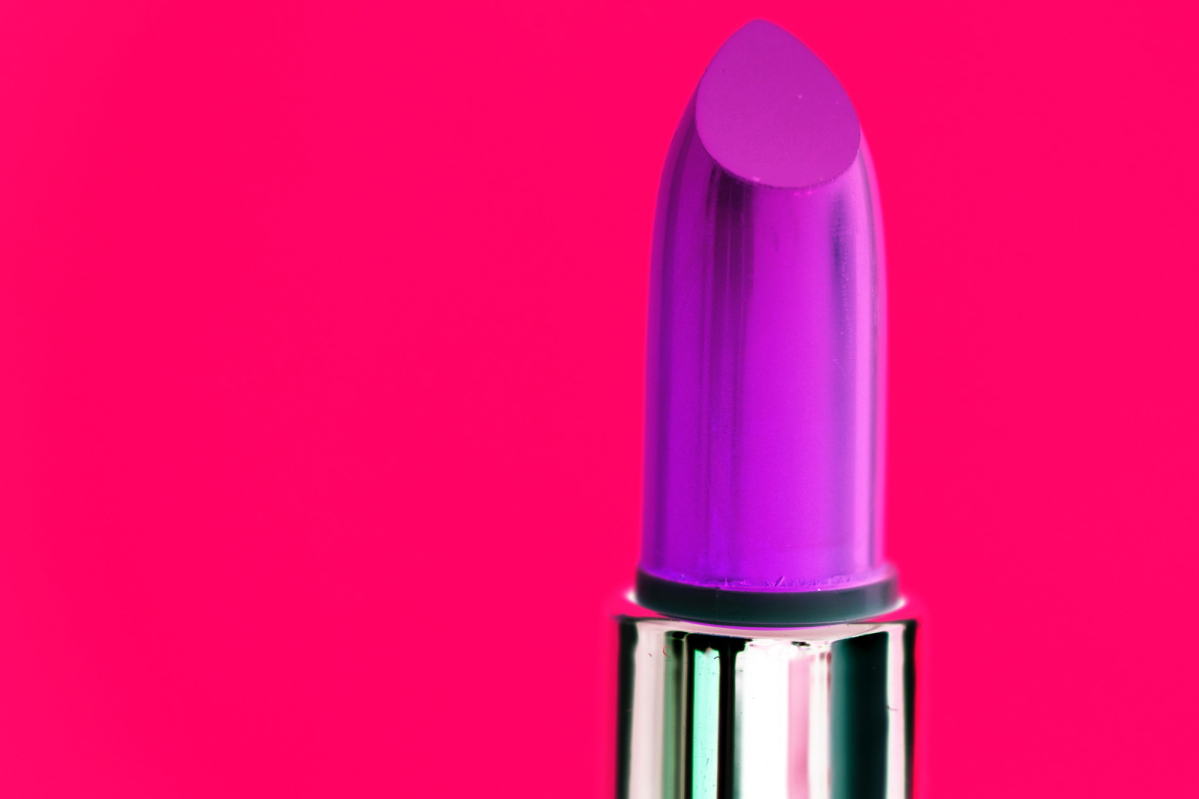“Let’s not debate how much lead should be used in our lipstick, just get the chemicals out of our products.”
This quote is from American Annie Leonard, creator of ‘The Story of Stuff’ and more recently ‘The Story of Cosmetics’. It has been displayed prominently on the Campaign for Safe Cosmetics website.
Wow. Let’s dissect that for a moment. Because not only is Ms Leonard’s statement misleading, it also promotes an incorrect understanding of chemicals and builds upon an already existing chemophobia (fear of chemicals).
Firstly – lead is never intentionally added to lipstick. Tiny amounts of lead may be present as trace level impurities in other ingredients, since lead is found naturally in air, water and soil. This is the case not only for lipstick, but for other products as well.
Secondly, how do we get the chemicals out of cosmetics when everything is a chemical? Perhaps public ignorance about how chemicals are linked to every aspect of our lives is understandable. But ignorance has morphed into negative associations and a widespread misunderstanding of what ‘chemical’ means, opening the door to a host of misconceptions: ‘natural’ substances being perceived as safer than man-made substances; hazard being confused with risk; and even a nonsense concept such as chemical-free products!
Ms Leonard couldn’t have chosen a better target to fan the flames of unwarranted alarm – lipstick is often in the firing line. ‘Chemicals in lipstick and cleaning products linked to early menopause’ was a 2015 headline in The Australian. ‘Poisonous puckers’ did the rounds in the USA a couple of years ago. Search for ‘lead in lipstick’ and your browser will return many pages listing lipsticks by their lead levels or identifying lead-free lipsticks – this is despite regulators in Australia, the EU, USA, and Canada agreeing that the levels of lead in lipstick pose no risk. Indeed, the American Council on Science and Health rated lead in lipstick as the ‘Number 1 Unfounded Health Scare’ in 2007.
Lead in lipstick is not the only cosmetic safety beat-up our industry faces. You may have seen hair colourants in the news again in late 2017, with the not-new but still unwarranted claim of a link to breast cancer. Indeed, there are many concerns expressed over the safety of cosmetic and personal care products for which there is little scientific basis. Ingredients such as phthalates and parabens continue to be under fire, and many Australians are worried about sunscreens to the extent that they choose to not use them, despite frightening statistics on the incidence of skin cancer.
Recognising that rational debate about the safety of our industry’s products is often hijacked by a range of myths and misconceptions, Accord, the industry body for hygiene, cosmetic and specialty chemical products, developed www.furphies.org.au.
The aim of furphies.org.au is to address unfounded public alarm by helping put safety myths about everyday products into proper perspective. The website covers furphies relating to cosmetics and personal care products including baby products, deodorant & breast cancer, perfumes, hair colourants, lead in lipstick, mouthwash & oral cancer, and sunscreens. The site also covers topics relating to specific chemical ingredients, chemical categories such as nanomaterials and preservatives, and a number of general misconceptions arising from poor scientific literacy such as ‘Is natural – is good?’ and ‘Extra! Extra! Toxic chemicals found in…’
Furphies has received recognition from several sources.
‘Furphies helps put chemical risks into perspective in a balanced and evidence based way. As a result it plays a valuable role in furthering the public health agenda.’
Former Australian Chief Medical Officer Chris Baggoley.
‘A great site based on scientific fact written in an easy-to-understand manner for consumers and the non-chemically minded. It exposes the top myths of cosmetic ingredients and provides consumer confidence about the safety of ingredients used.’
Cosmeticsdesign. com article ‘Top sites for correct ingredient information’ (rated Furphies in the top five).
‘The Furphies site looks very professional yet reads so easily. Now that the world seems to have entered a “post truth” phase, the task of debunking hearsay and myth is more important than ever. Well done, Accord!’
Louis Droulers, RFA Regulatory Affairs
Impacts of unfounded safety fears extend beyond the undermining of consumer confidence in products: negative public perceptions of chemicals can be a powerful catalyst for regulatory initiatives. Safety is the number one priority for the cosmetic industry and Accord supports an effective regulatory framework that is proportionate to risk.
But overregulation has broadly negative impacts, ranging from limited access to new ingredients, decreased efficiency and high operating costs, which can in turn stifle innovation and manufacturing in Australia. Targeting regulation on myths also diverts regulator attention from real chemical risks, like the removal and control of asbestos in homes and facilities. And the flow-on impacts for consumers of overregulation of low-risk products like cosmetics include increased costs or lack of access to the latest, most innovative products widely available overseas.
Accord hopes that furphies.org.au will bring some balance to the perception of safety issues relating to chemicals and cosmetic products. We encourage anyone who is interested in promoting more balanced thinking about these issues to spread the word about furphies.org.au.
Accord Australasia is the peak body representing companies operating in the cosmetic, fragrance, personal care and toiletries sector – from multinationals to small Australian-owned businesses, importers to local manufacturers. www.accord.asn.au
Accord Australasia is the peak body representing companies operating in the cosmetic, fragrance, personal care and toiletries sector – from multinationals to small Australian-owned businesses, importers to local manufacturers. www.accord.asn.au

